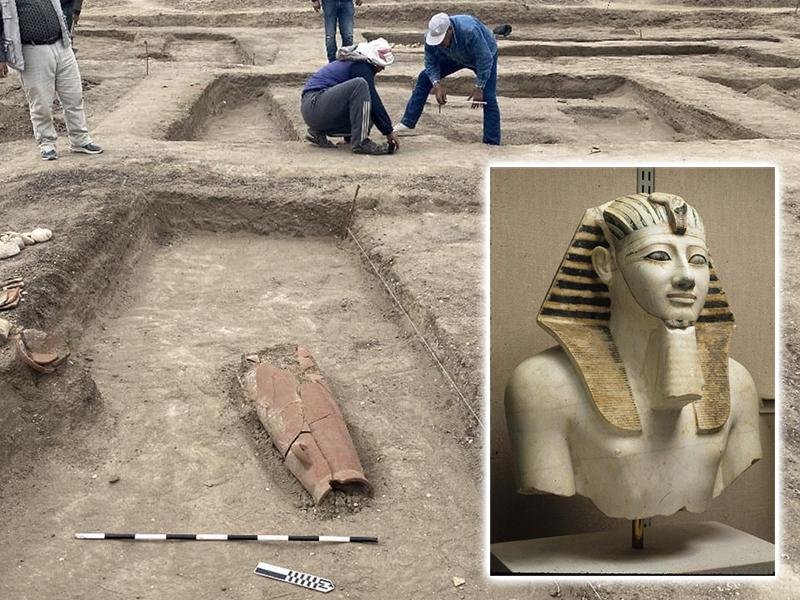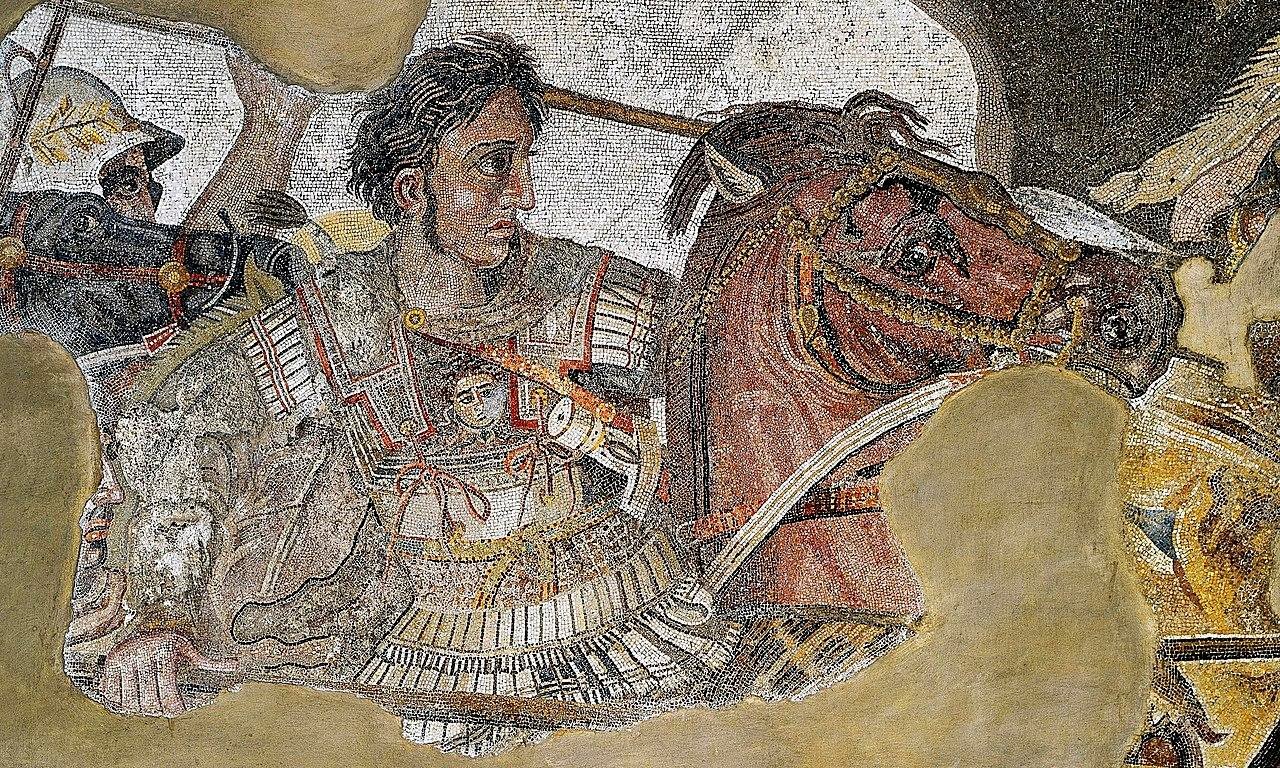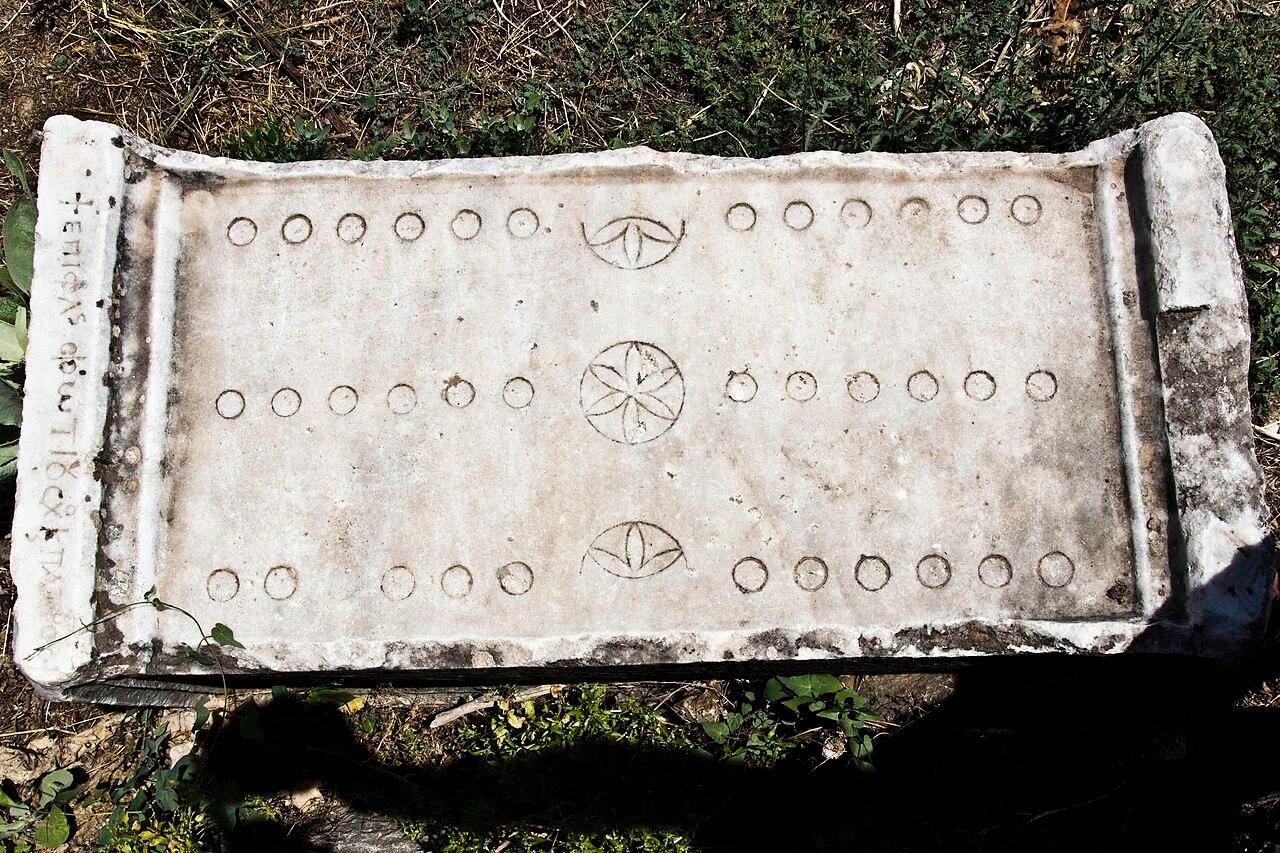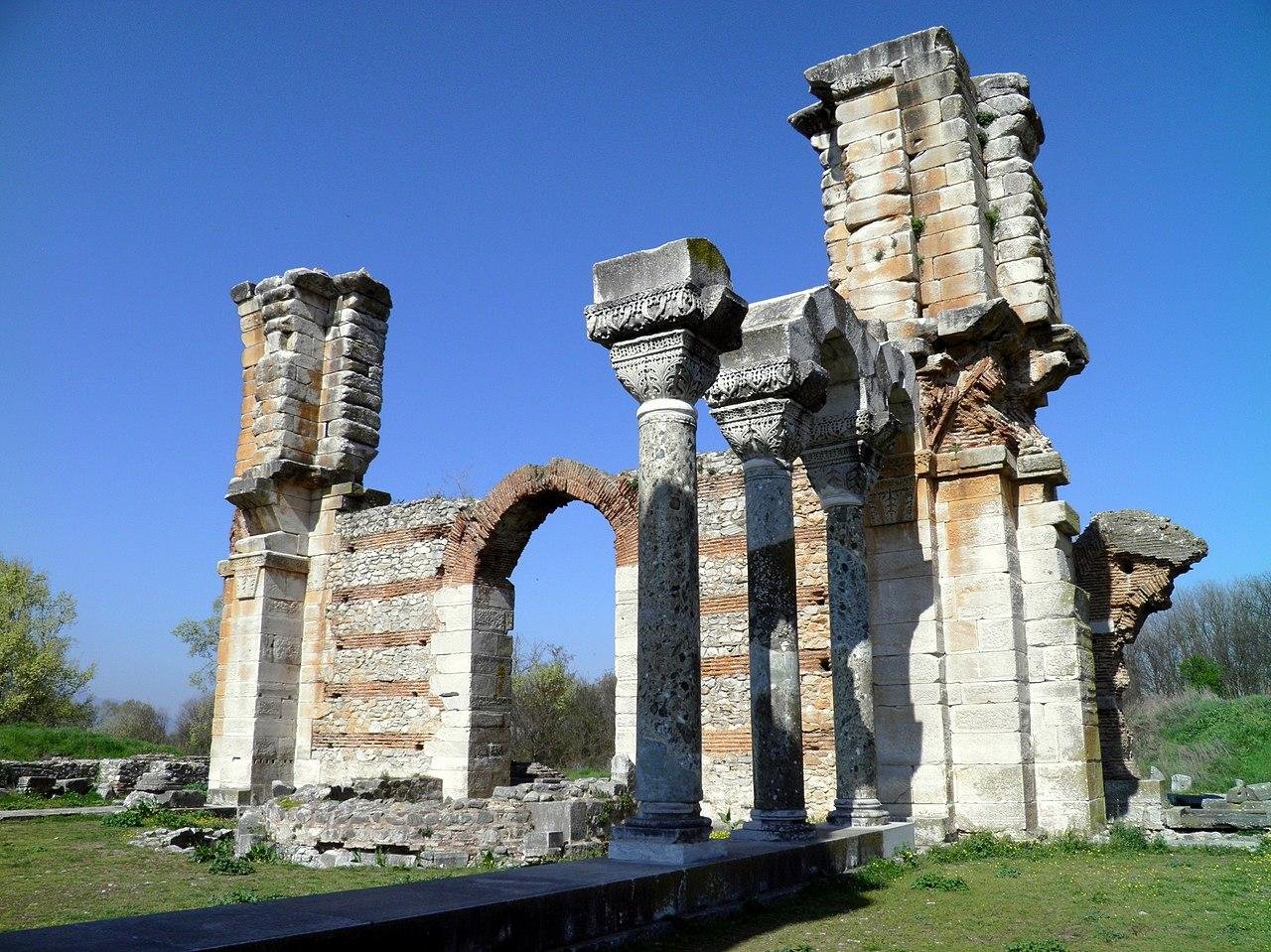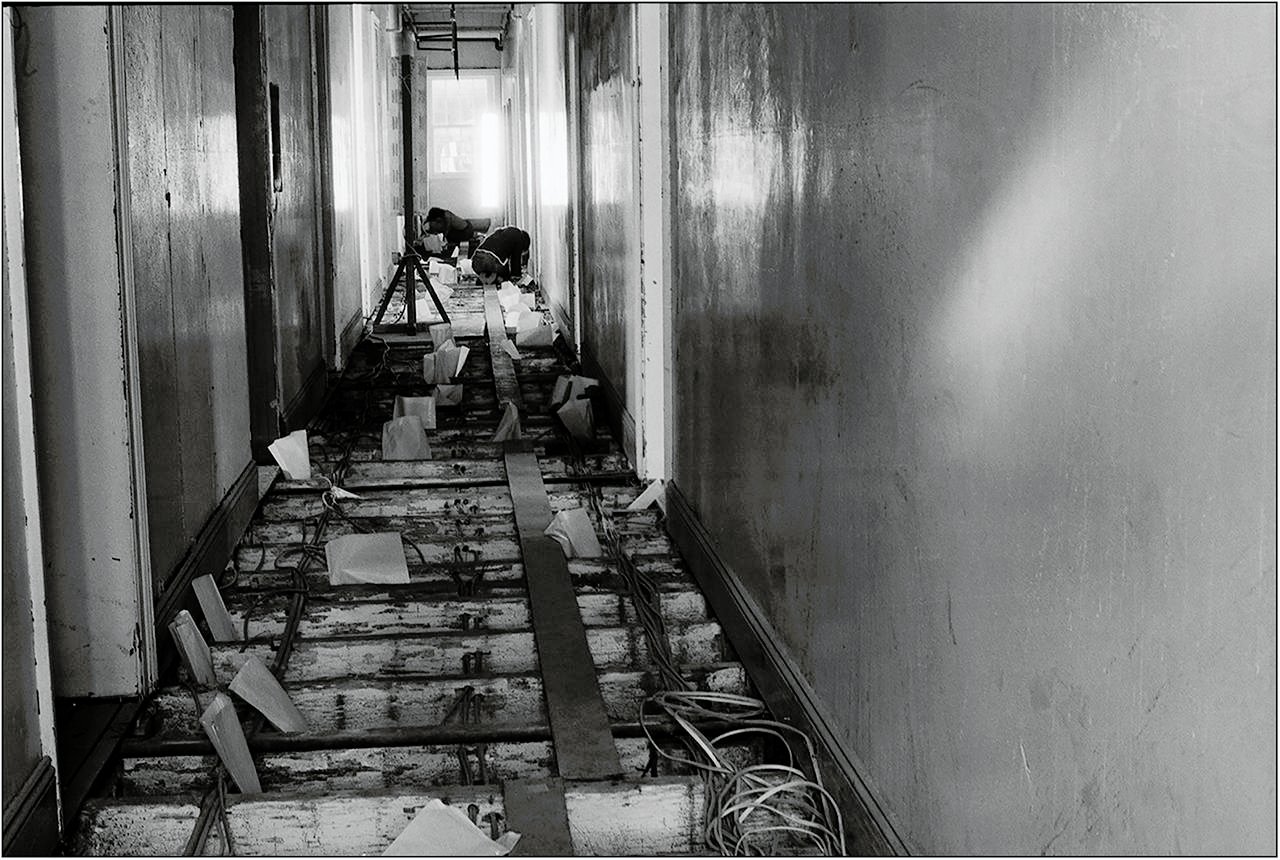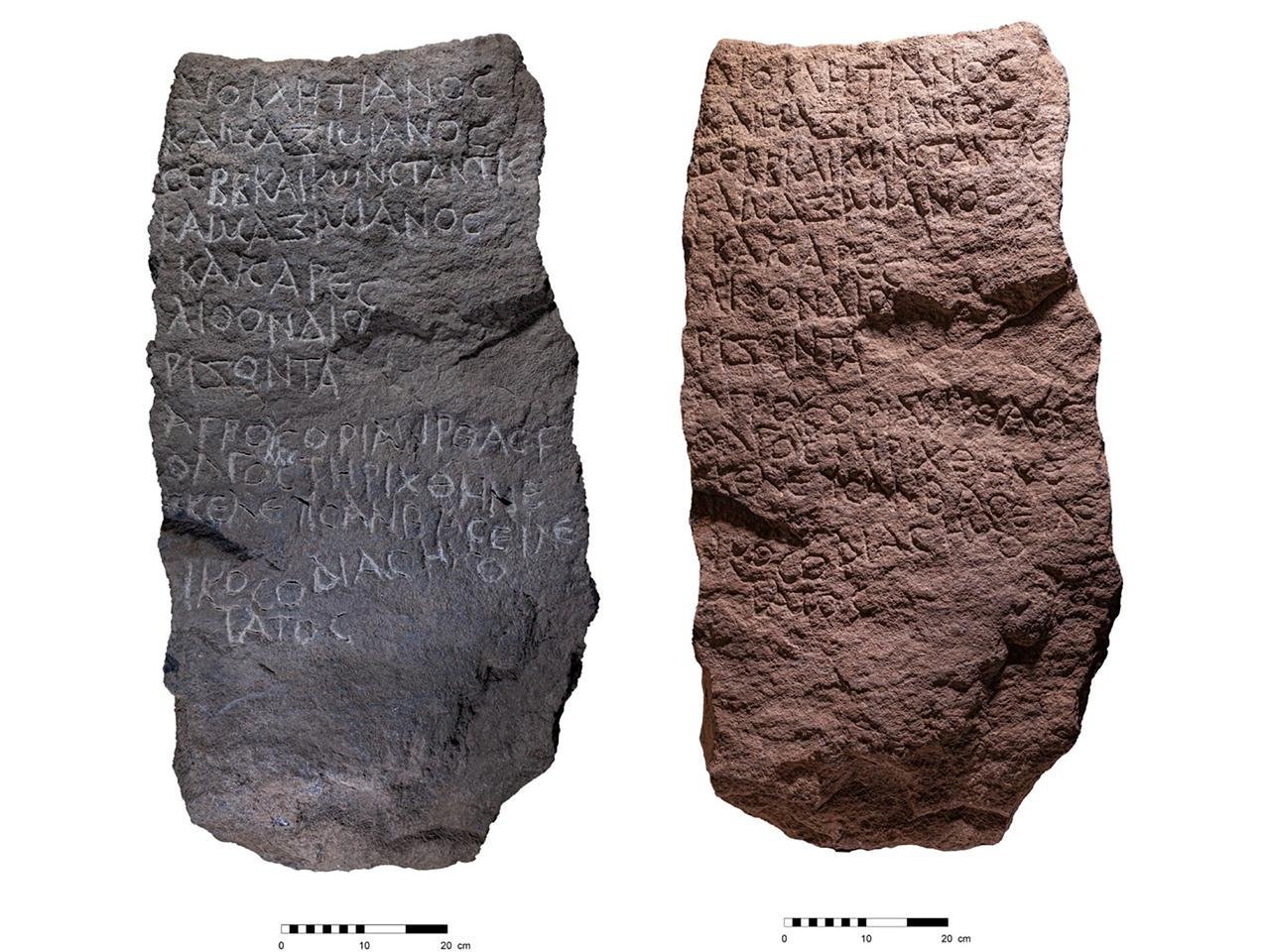A French archaeological mission, headed by Dr. Joachim Le Bomin from the University of Lyon and the IFAO (French Insтιтute of Oriental Archaeology) in Cairo, has achieved a most intriguing finding at the ancient site of Taposiris Magna, 45 km west of Alexandria in Egypt. Here, archaeologists retrieved a marble head from the Ptolemaic era (305–30 BCE) from the remains of a 7th-century CE medieval structure.
The marble head, which alone is 38 centimeters tall, is a masterpiece from the late Hellenistic period; it displays the head of an old man with deep wrinkles. His face bears a stern expression, possibly showing signs of illness. The precision with which this work was executed reflects the sculptor’s expertise and strongly suggests the man’s significant position in society at the time. Experts say he should have been a prominent public figure, not a king.
Dr. Mohamed Ismail Khaled, Secretary-General of Egypt’s Supreme Council of Antiquities, emphasized the artifact’s monumental nature, noting that its size and craftsmanship suggest it was part of a grand statue originally housed in a public or politically significant building.
Mohamed Abdel-Badie, head of the Egyptian Antiquities Sector, added that the discovery underscores Taposiris Magna’s importance during the reign of Ptolemy IV (221–204 BCE). This period saw the site flourish as a cultural and political hub.
The marble head’s placement in a medieval house—constructed roughly 700 years after its creation—presents an archaeological mystery. Dr. Le Bomin said that further investigations are underway to determine the idenтιтy of the person depicted in the statue and the circumstances of its relocation.
Taposiris Magna was an important religious and cultural center founded by Pharaoh Ptolemy II Philadelphus between 280 and 270 BCE. Its name, as the etymology of the place name indicates, comes from the ancient Egyptian expression “Per Wsir” and means “House of Osiris.” The site is renowned for its historical buildings, such as the Temple of Osiris, the Abusir Lighthouse—similar to the ancient Lighthouse of Alexandria—and a large necropolis with tombs dating from the Ptolemaic and Roman periods.
Extensive excavations have been carried out at Taposiris Magna by the IFAO since 1998. They have uncovered several structures, including a well-preserved Ptolemaic bath, the southern harbor, and Byzantine markets located near Lake Mariout.
The discovery enriches the history of Taposiris Magna, already famous for its ᴀssociation with Cleopatra VII and Marc Antony. Archaeologists made another significant discovery in late 2024 when they uncovered the head of a statue likely depicting Cleopatra VII along with catacombs and ruins of a Greek temple dating back to the 4th century BCE.
The newly found marble head is now under conservation and restoration processes. Authorities said that it will be included in future exhibitions on the country’s rich archaeological heritage.
Source: Ministry of Tourism and Antiquities of Egypt
